Paradoxical Frog
From the first glance, the Paradoxical Frog looks like an ordinary frog, but the special thing about this animal is that the tadpoles are almost four times bigger than mature frogs, and they gradually become smaller, as they develop. For a long time the life and habits of this frog were a mystery, because this animal seemed to be too miraculous to be true.
These frogs live in the Eastern part of South America. Although it is very common and inhabits almost any type of water, the Paradoxical Frog can rarely be seen because of their excellent camouflage. In fact, you are more likely to hear this frog than see it, because it has a very arabesque voice, sounding much like squeaking of a pig. Mature frogs grow up to 7,5 cm in length, while the tadpole can be as long as 25 cm.
Although most frogs require humid climate and surroundings, most of them don’t spend all their lives in the water. Mostly water is only used for creating descendants, while food is caught on dry land. This is not the case for Paradoxical Frogs, who spend most, if not all, of their lives in the water, where they feed, rest and copulate, and they will only go on dry land in exceptional cases. They live in backwaters with abundant vegetation, which serves the purpose of food as well as cover. Although the frog is very common, very few scientists have managed to observe it, as the Paradoxical Frog quickly hides, upon sensing even the tiniest danger.
The frog’s way of developing is astonishing and wasn’t fully investigated until a few specimen were raised in captivity. The copulation itself is rather ordinary, but the way tadpoles develop is amazing. Usually, frog eggs hatch into small tadpoles that live in water and slowly increase in size, later losing their tails and acquiring lungs. The tadpoles of the Paradoxical Frog, however, look normal when they hatch, but they grow at lightning speed and soon reach size that is up to four times that of a mature individual. Later, during the metamorphosis, the tadpole transforms into a frog, decreasing in size day by day.
Mature Paradoxical Frogs feed mostly on small water creatures, which they find near the bottom of the basin. They can also dig small bugs and crustaceans from the mud. The tadpoles, however, feed only on vegetation, and they require significantly more food than mature frogs. They pick algae off the surface of rocks and weeds, using their teeth. The tadpoles also have longer intestinal tracts than mature frogs, because they need to store as much energy as they can to begin metamorphosis.
It is not clear why these frogs undergo such a unique way of developing and nothing similar has been observed in other animals and until indisputable proof was found that it’s the same animal, Paradoxical Frogs and their tadpoles were considered two different creatures.
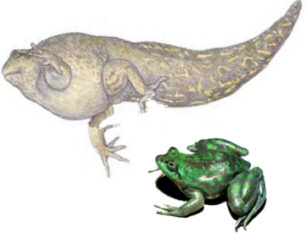
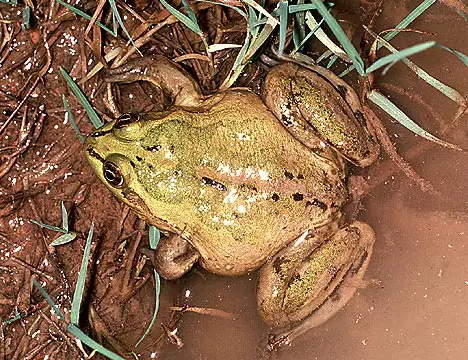
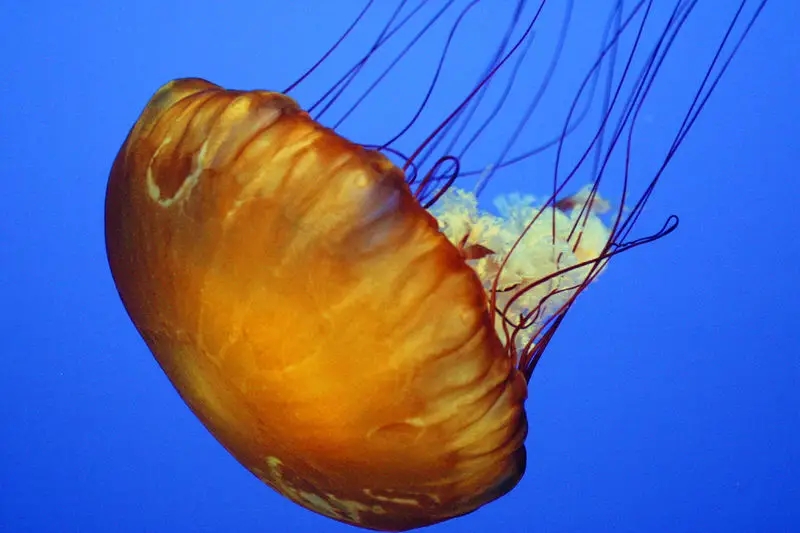
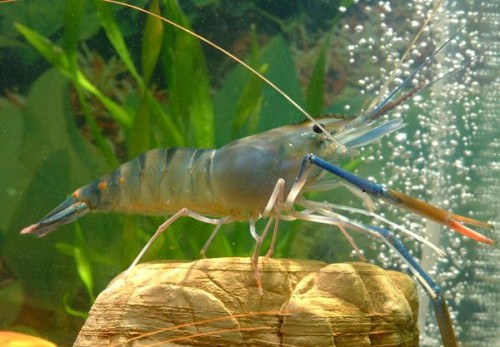
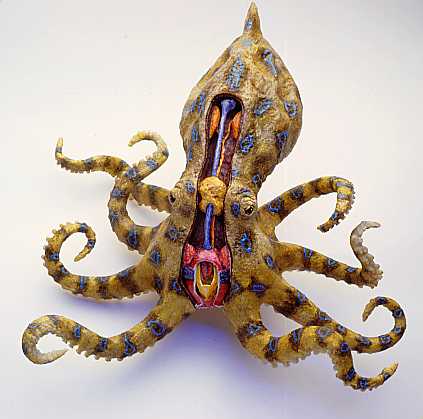
Terrific work! This is the type of information that should be shared around the web. Shame on the search engines for not positioning this post higher!
Thanks! Be sure to tell friends about our site. :)
HOW ODD.